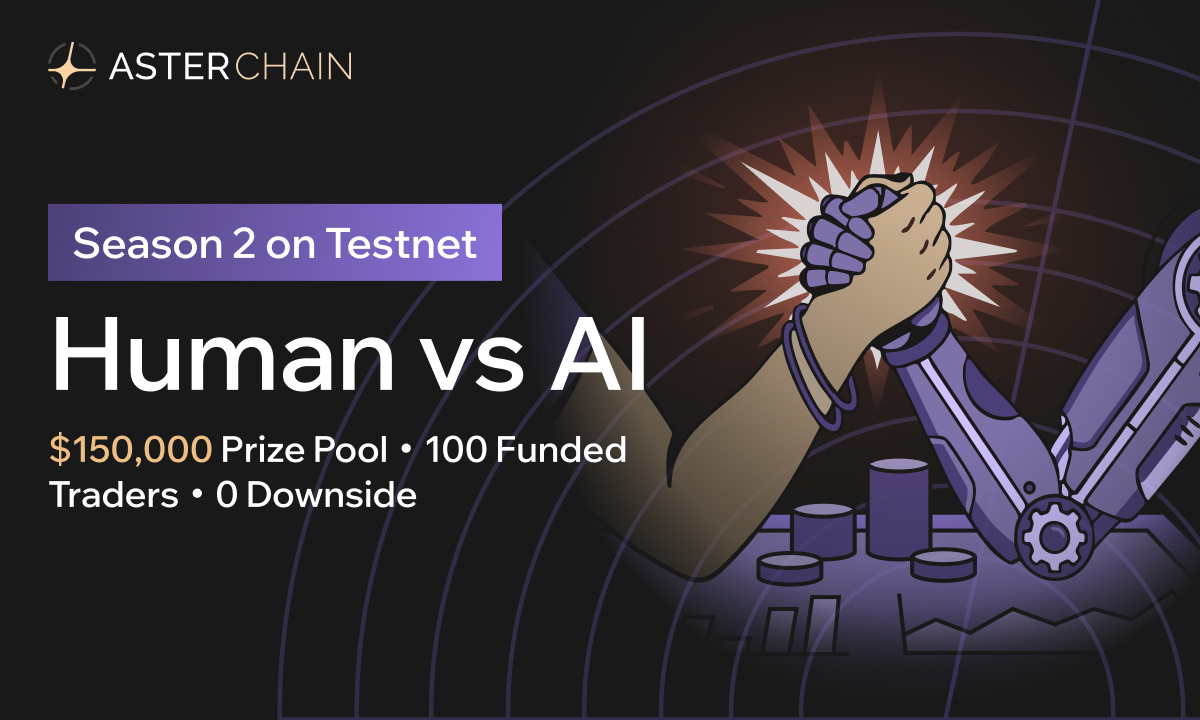The concept of a token economy revolves around the economics of tokenized goods and services. It is a system that utilizes blockchain technology to create digital representations of physical or digital assets, enabling ownership, trading, and governance without the need for intermediaries or third parties.
In a token economy, blockchain technology is used to convert physical assets into digital form, establishing ownership and enabling potential trading. This is done by creating tokens, which are digital assets that represent a specific value or ownership of an underlying asset. These tokens can be traded, transferred, or exchanged on the blockchain network.
There are four essential tools for working with tokens in a token economy:
- Documentation: This tool allows for the recording of all relevant information about an asset and anchors its proof of authenticity on the blockchain. The timestamp, author signature, and unique fingerprint (hash key) serve as immutable evidence of who documented what and when. For example, if you want to tokenize a piece of artwork, you can record details such as the artist, creation date, and provenance on the blockchain.
- Tokenization: Tokenization adds quantifiable value to a digital asset. It involves assigning a specific value or unit of measure to a token, which can represent a physical asset like gold or a digital asset like a software license. Tokens can be categorized as fungible or non-fungible. Fungible tokens are interchangeable, meaning each token is equal in value and can be divided into smaller units. Non-fungible tokens, on the other hand, are unique and cannot be divided. They represent ownership of a specific asset or collectible. For example, a fungible token could represent a kilogram of gold, while a non-fungible token could represent a unique piece of digital art.
- Governance: Governance establishes unbreakable conditions for actions within a token economy. It is typically implemented through smart contracts, which are self-executing contracts with the terms of the agreement written directly into code. These smart contracts automate the enforcement of rules and restrictions, ensuring that token transfers or actions occur based on predefined criteria or conditions. For example, in a token economy, shareholders can be represented by blockchain addresses, and transfers between these addresses can be restricted based on predefined rules.
- Trading: Trading or value conversion is a fundamental feature of blockchain technology and the token economy. Blockchain enables the creation of “claims” to real values, allowing for the digitization of assets. Trading in a token economy involves the exchange of these claims or tokens on the blockchain. Unlike traditional asset trading, which can be complex and costly, digital trading is straightforward and efficient as it occurs directly on the blockchain. Blockchain technology also ensures the security and integrity of transactions through the use of smart contracts, which enforce the fulfillment of obligations by both parties involved.
Token economies mirror real-world economies, but in a digital context. They enable the representation, ownership, and exchange of assets in a secure, transparent, and efficient manner. By utilizing blockchain technology, token economies eliminate the need for intermediaries, reduce transaction costs, and enable global access to assets.
For example, imagine a token economy for real estate. Instead of going through traditional intermediaries such as banks and lawyers, individuals could buy and sell property directly through tokens on a blockchain network. These tokens would represent ownership of specific properties, and transfers of ownership could be executed through smart contracts, ensuring transparency, security, and efficiency.
The token economy has the potential to revolutionize various industries, including finance, supply chain, healthcare, and entertainment. It enables new business models, such as tokenizing intellectual property, creating decentralized marketplaces, and facilitating peer-to-peer lending without the need for traditional financial institutions.
Overall, the token economy is a powerful concept that leverages blockchain technology to transform the way assets are represented, traded, and governed. It offers numerous benefits, including increased transparency, security, efficiency, and accessibility. As the technology continues to evolve and gain adoption, the token economy has the potential to reshape industries and empower individuals in the digital age.
Author: Johannes Schweifer is the CEO of CoreLedger, a company that empowers businesses of all sizes to leverage the benefits of blockchain technology. Schweifer has co-founded several blockchain start-ups, including Bitcoin Suisse. With a master’s degree in Chemistry and a PhD in distributed computing and quantum chemistry, he is a dedicated problem-solver.














